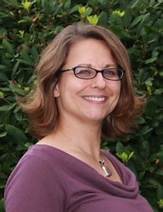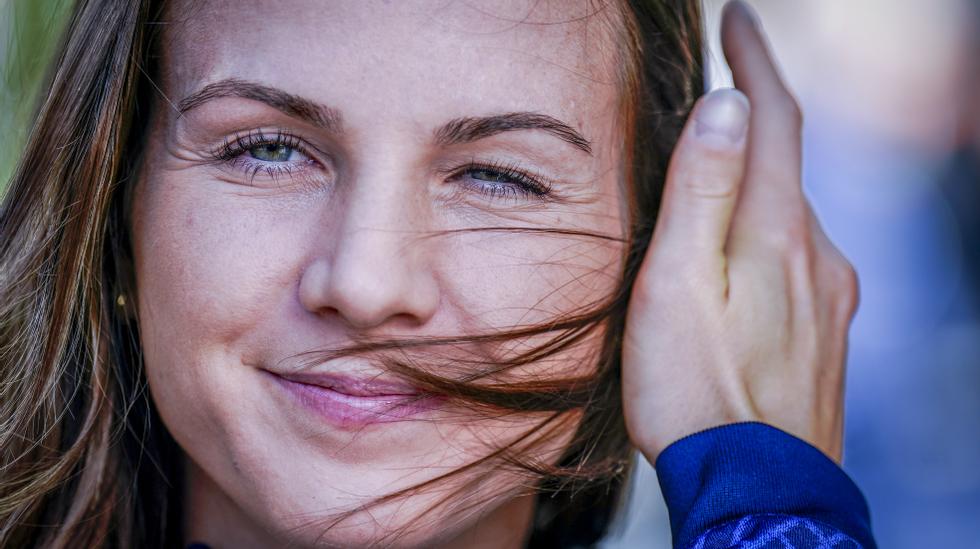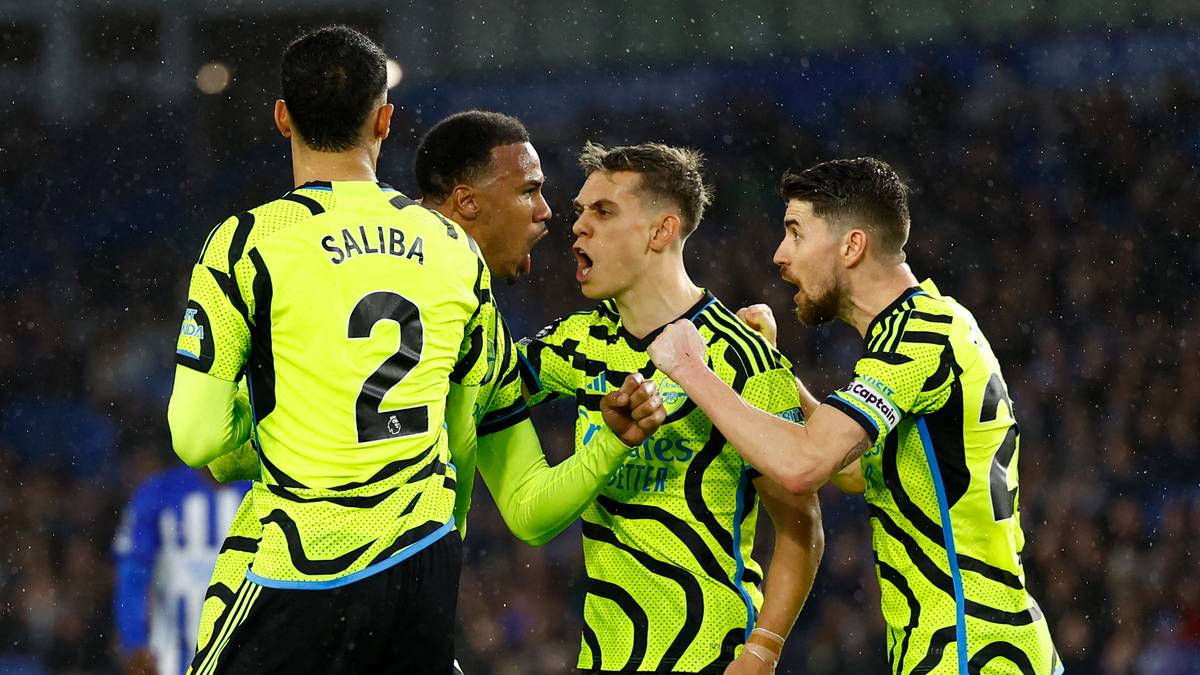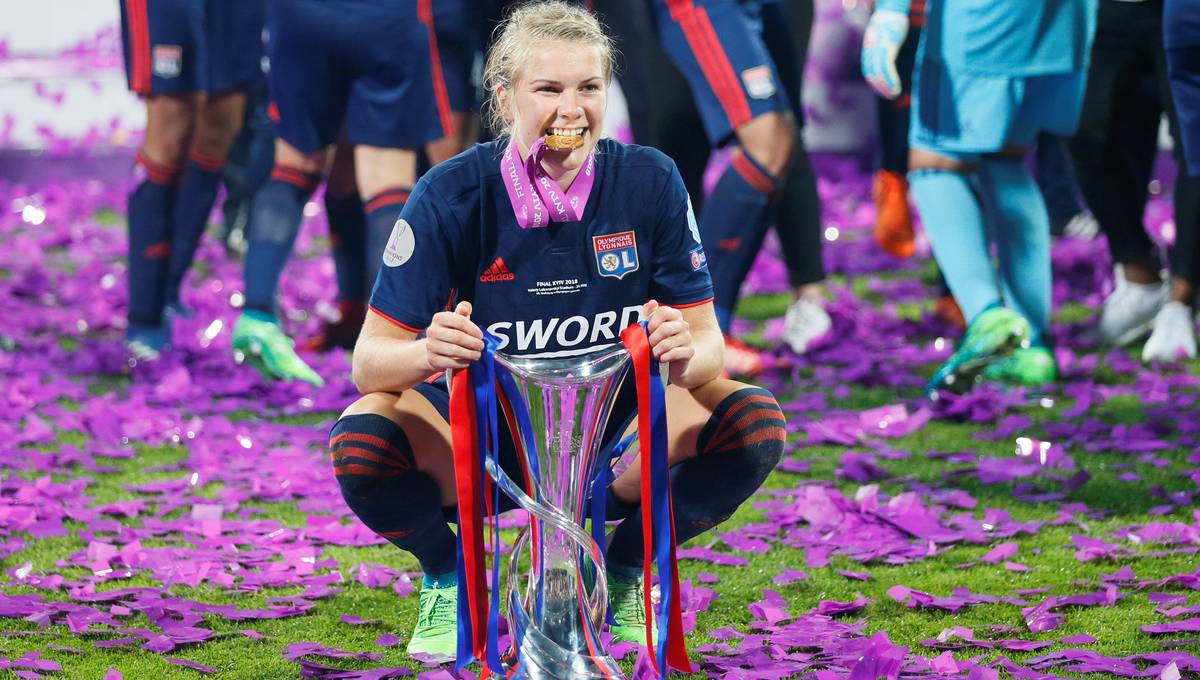This question has been asked from championship to championship, but it’s still not easy to get a good answer.
– I don’t have much theory about it, but it’s a fact, coach Monica Knudsen told NTB when asked about the absence of players from other parts of the world.
Sara Eggesvik and Meryll Abrahamsen Serrano are in the Philippines WC squad. Both grew up in Norway, had age-specific international games for Norway and have played alongside many of the guys on Norway’s World Cup squad this year with flags on their chests. In the World Cup, both played for their mother’s country of birth. KIL/Hemne’s Eggesvik provided excellent preparation for the Philippines’ winning goal against New Zealand and is the only one with a Norwegian passport and goal points in this year’s World Cup.
– We can clap and say congratulations, and then we hope nothing else happens, says Knudsen.
Ingvild Stensland, who is also on the Norwegian coaching staff, also doesn’t have a good answer as to why there are no players from immigrant backgrounds in the national team.
Article continues below advertisementArticle continues below advertisement
– This is a difficult question to answer. Sara and Meryll had visited the U23s with us, but then the choice fell on the Philippines. “We at the NFF and those around us have to see whether we are good enough to recruit those from minority backgrounds,” he said.
Just one game
Stensland played itself out when, in January 2009, Kenyan-born Nasra Abdullah became the first player from an ethnic minority hailing from another part of the world to make her debut on the Norwegian women’s national team.
– I remember him, and I played against Nasra many times when he was at Team Strømmen and LSK. “I remember him well,” Stensland said of the player who once received the Niso award as midfielder of the year at Toppserien. For Abdullah, it was the only international match, after 47 age-based international matches.
Article continues below advertisementArticle continues below advertisement
Maren Mjelde also doesn’t have an answer as to why Abdullah wasn’t followed by many others.
Article continues below advertisement
– I feel like this is a question I’ve been asked for years, but I don’t have the right answer, he told NTB.
Playing a World Cup match with a Norwegian-born player on the opposing team will be a new experience.
– I’ve never been involved in it before. “It’s special for us, but maybe even more special for them,” Mjelde said.
– It doesn’t only happen in Norway that someone has a dual passport and chooses to play for another country. It’s fun to represent, whether it’s the country you live in or the country your parents are from, or what you know. “To have the opportunity to take part in the WC, then I understand that you chose that,” he said.
Nice to meet them
Tuva Hansen has played with Eggesvik and Abrahamsen in the age-based Norwegian national team. Aurora Mikalsen, Marit Bratberg Lund, Guro Bergsvand, Anja Sønstevold, Ingrid Syrstad Engen, Julie Blakstad, Karina Sævik and Sophie Román Haug have also played age-specific international matches with one or both of the Filipino “Norway” players.
Article continues below advertisement
– I haven’t really thought about why there aren’t people with different backgrounds in our team, but I think it’s nice to meet them, and it’s nice for them to take part in the WC, Hansen told NTB.
Celin Bizet Ildhusøy, whose mother is from Cuba, was in the EC squad last year, but he did not make the WC squad this year.
– Celin was in a rough squad and very relevant to be included, but then the competition picture became like that, and then he was left out, said Stensland.
Article continues below advertisement
He also highlighted Joshualyn Reeves as a rising player.
Cultural things
– There are cultural factors that make girls from other cultures or other backgrounds less likely to play football. I worked for many years with Nasra Abdullah at LSK, and now I have been at Vålerenga for several years. There is a lot of focus on being an eastern club and overcoming social differences. There are projects and steps to take, but at the same time, the road from playing football to developing top international players is still long, says Monica Knudsen.
– Maybe the best thing is to focus on the big picture first, and then it can evolve over time.
Both players and coaches agree that it would be good to have a national team that reflects today’s Norwegian society.
– Of course, of course. I hope and believe that will happen in the future, said Maren Mjelde.

“Infuriatingly humble coffee guru. Travel practitioner. Freelance zombie fanatic. Certified problem solver. Food scholar. Student.”






